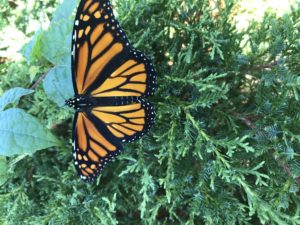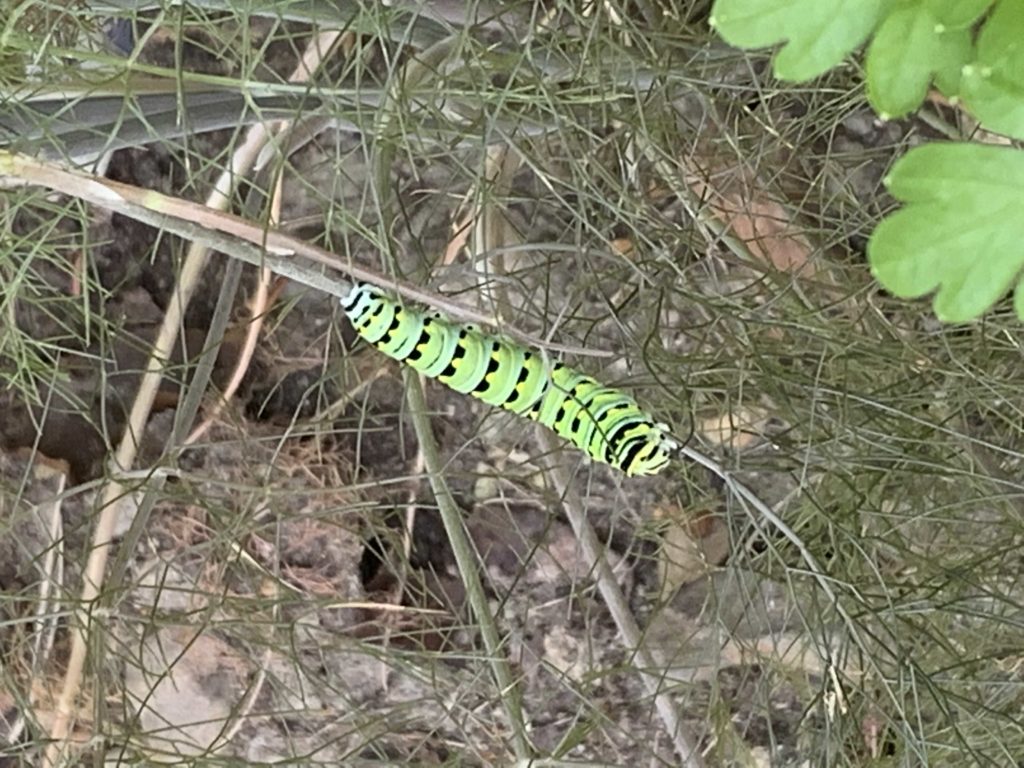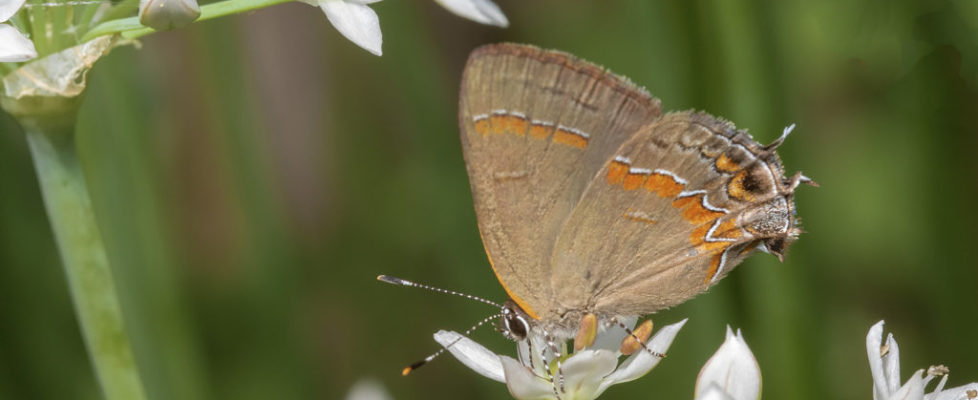It’s Butterfly Season!
From the first warming days of late winter—when Mourning Cloaks give promise of spring’s arrival—to the spectacle of migrating Monarchs in the fall, butterflies are with us for much of the year. But rarely are they more active and apparent are now, as each species prepares in its own way for oncoming winter.

Like nearly everyone, I’ve long been aware of the Monarch’s astounding—and threatened—migration. But how do other butterflies in northern climes, ones that don’t undertake long migrations, manage to survive the frigid months? It turns out that when it comes to survival in this clan, almost anything goes.
Survival is possible because butterflies have evolved to produce a natural kind of antifreeze (glycerol and other molecules similar to those used in car antifreeze) in the fall. These prevent the formation of ice crystals within their bodies. As a result, when they—like other hibernating creatures—reduce their metabolism and respiration during hibernation, these cold-blooded creatures can endure even crushingly low temperatures.

Photo: Joe Wallace
What form they take to survive is where the differences occur. Some species—including the Black Swallowtails whose caterpillars have been fattening themselves on garden parsley and fennel—spend the winter as well-camouflaged chrysalises attached branches or in leaf litter. Others, including some Copper Butterfly species, overwinter as eggs attached to branches or trunks, while still others (such as Checkerspots) actually maintain their caterpillar form until spring arrives, often overwintering on the ground near where their host plants will sprout fresh leaves in the spring.
Each of these strategies shows why we should be mindful not only of our surroundings during growing season, but all year long. Leaving a pile of leaf litter alone, pruning and chopping our trees and bushes carefully, inspecting dead branches before we clean up our gardens, can all help insure the survival of butterfly species to entrance us the following year.
Oh, and Mourning Cloak? This species actually spends the winter as an adult, tucked away in rock crevices, woodpiles, and other protected spots. That’s why the butterfly appears so quickly when the winter weather begins to warm, a welcome harbinger indeed. — Joe Wallace
Links to Explore More Suggested by Saw Mill River Audubon
Visit Saw Mill River Audubon Native Plant & Butterfly Demo Gardens
Learn More about Healthy Yards
Get Resources from the Westchester Native Plant Center



